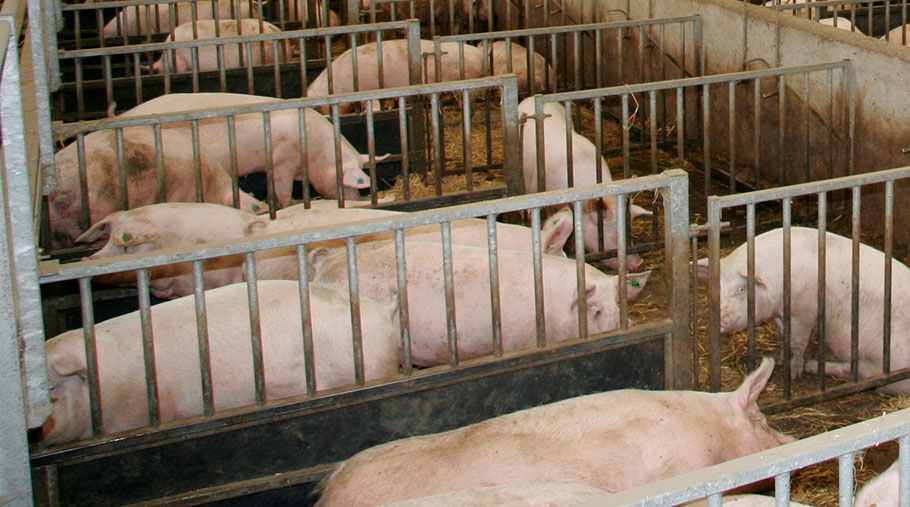PRRS diagnosis at record levels, government vets warn
 © Tim Scrivener
© Tim Scrivener Record-breaking quarterly figures for the diagnosis porcine reproductive and respiratory syndrome (PRRS) in the UK swine herd could be due to better virus survival and transmission rates during the long, wet winter, warn government vets.
According to the Animal and Plant Health Agency’s (Apha) GB Emerging Threat report for the first quarter of 2018, porcine reproductive and respiratory syndrome (PRRS) diagnostic rates were at 16.6%.
The previous highest diagnostic rate was 12.7% for the fourth quarter of 2014.
The report added that along with cold, wet and dark conditions aiding the virus’s ability to survive and spread, the wintry weather also made effective cleaning and disinfection harder to achieve.
See also: Expert tips on reducing heat stress in pigs
Total diagnostic submissions were down 7% on the average of the previous four years.
Most cases were found in England, with the three main clinical signs of PRRS being streptococcal disease, pasteurellosis and salmonellosis.
An Apha spokesman said: “Although not one of the commonest concurrent diagnoses, gastric ulceration has been a significant feature of several 2018 PRRS outbreaks as described in the February and March 2018 Apha surveillance reports in the Veterinary Record.”
